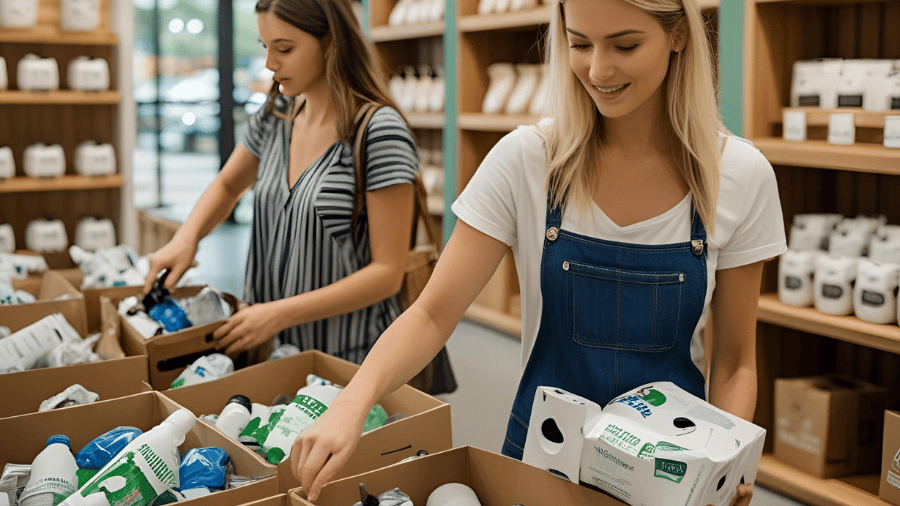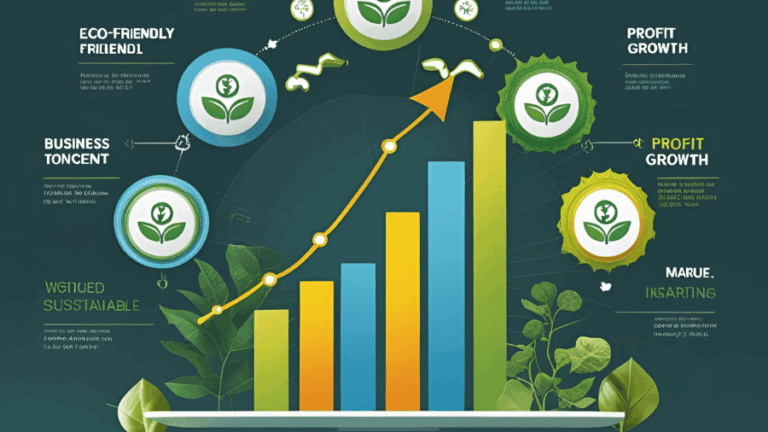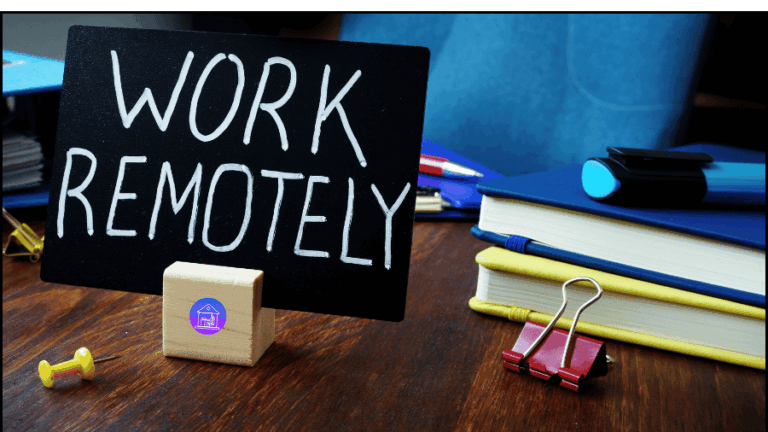Circular Economy in Retail: Redefining Consumer Engagement in 2025

In 2025, the retail industry is undergoing a significant transformation, driven by the increasing adoption of circular economy principles. The traditional linear model of “take-make-dispose” is being replaced by a regenerative approach that prioritizes reuse, recycling, and sustainable product life cycles. This shift not only addresses growing environmental concerns but also redefines how retailers engage with consumers, fostering deeper loyalty and brand trust.
Consumers today are more environmentally conscious than ever before. They actively seek out brands that demonstrate genuine commitment to sustainability and offer practical ways to participate in eco-friendly practices. Circular economy initiatives in retail allow customers to return used products for refurbishment, resale, or recycling, thereby extending the lifespan of goods and reducing waste. This collaborative approach benefits both businesses and consumers by creating value beyond the initial purchase.
One popular example is the emergence of take-back programs, where retailers encourage customers to bring back products such as clothing, electronics, or packaging for responsible disposal or reuse. Leading companies like Patagonia and IKEA have pioneered such models, offering incentives or discounts in exchange for returns. These programs not only help divert waste from landfills but also provide businesses with materials for remanufacturing or resale, creating new revenue streams.
The circular economy in retail also emphasizes designing products with durability and reparability in mind. Retailers collaborate with manufacturers to create goods that are easier to fix or upgrade, thereby reducing the need for complete replacement. This approach aligns with consumer demand for high-quality, sustainable products and supports long-term brand relationships.
Supply chain transparency plays a crucial role in advancing circular retail. By tracing the origins and lifecycle of products, businesses can ensure ethical sourcing and responsible manufacturing practices. Technologies like blockchain and IoT help retailers verify product authenticity and sustainability claims, building customer trust and differentiating brands in a competitive market.
Retailers are also exploring innovative recycling technologies that turn waste materials into new products. For example, some brands convert plastic packaging into fibers for textiles or repurpose electronic waste into components for new devices. Such closed-loop systems minimize environmental impact while promoting circular resource flows.
Sustainability reporting is becoming increasingly important as regulatory bodies and consumers demand greater accountability. Retailers adopting circular economy practices often publish detailed reports outlining their environmental performance, waste reduction efforts, and progress towards sustainability goals. Transparent communication helps reinforce brand credibility and supports investor confidence.
Implementing circular economy principles also benefits retailers financially. Studies show that businesses embracing sustainability often experience cost savings through efficient resource use and waste reduction. Moreover, they attract loyal customers willing to pay a premium for eco-friendly products and services, boosting profitability.
However, transitioning to circular retail models requires overcoming challenges such as logistics complexity, consumer education, and initial investment costs. Retailers must develop seamless return and refurbishment processes and actively engage consumers through marketing and incentives to encourage participation.
For businesses interested in exploring circular economy strategies, collaboration with industry partners, NGOs, and government programs can provide valuable support and resources. Additionally, learning from successful case studies offers practical insights into best practices and pitfalls to avoid.
Consumers who want to participate in circular retail can start by supporting brands with sustainable take-back programs, choosing durable products, and responsibly disposing of used goods. By actively engaging in circular practices, customers contribute to a more sustainable future and drive demand for responsible business models.
For more insights into sustainable business transformation, check out our blog on Sustainable Business Models: Integrating Profit with Purpose. To explore innovations in eco-friendly technology, read Green Technology in 2025: Smart Solutions for a Sustainable Future.
In conclusion, the circular economy in retail is reshaping consumer engagement by offering practical sustainability solutions that benefit both businesses and customers. As this model gains momentum in 2025, retailers that successfully integrate circular principles will not only reduce environmental impact but also build stronger, more loyal customer relationships. Embracing the circular economy is a strategic imperative for retailers aiming to thrive in a resource-conscious and competitive marketplace.


